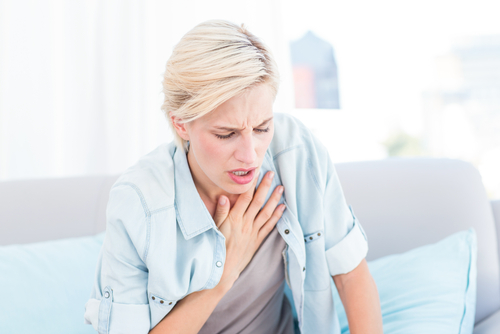- A rapidly developing, life-threatening condition in which the lung is damaged to a point where it cannot perform its job of gas exchange properly.
- This can occur when a major injury or extreme inflammation somewhere in the body injures the small blood vessels, including those in the lungs.
- This results in the the lungs being unable to fill with air and cannot transfer enough oxygen into the blood.
- Lung damage can be direct or indirect.
Causes of direct injury:
- Breathing in smoke or poisonous chemicals
- Breathing in stomach contents while throwing up (aspiration)
- Near drowning
- Pneumonia
- Severe acute respiratory syndrome (SARS), a lung infection
Causes of indirect injury:
- Bacterial blood infection (sepsis)
- Drug overdose
- Having many blood transfusions
- Heart-lung bypass
- Infection or irritation of the pancreas (pancreatitis)
- Severe bleeding from a traumatic injury (such as a car accident)
- Severe hit to the chest or head
Most common conditions related to ARDS:
- Sepsis
- Trauma
- Lung infections i.e. pneumonia


